Home>Home Maintenance>How Much Does A Heat Recovery Ventilation System Cost
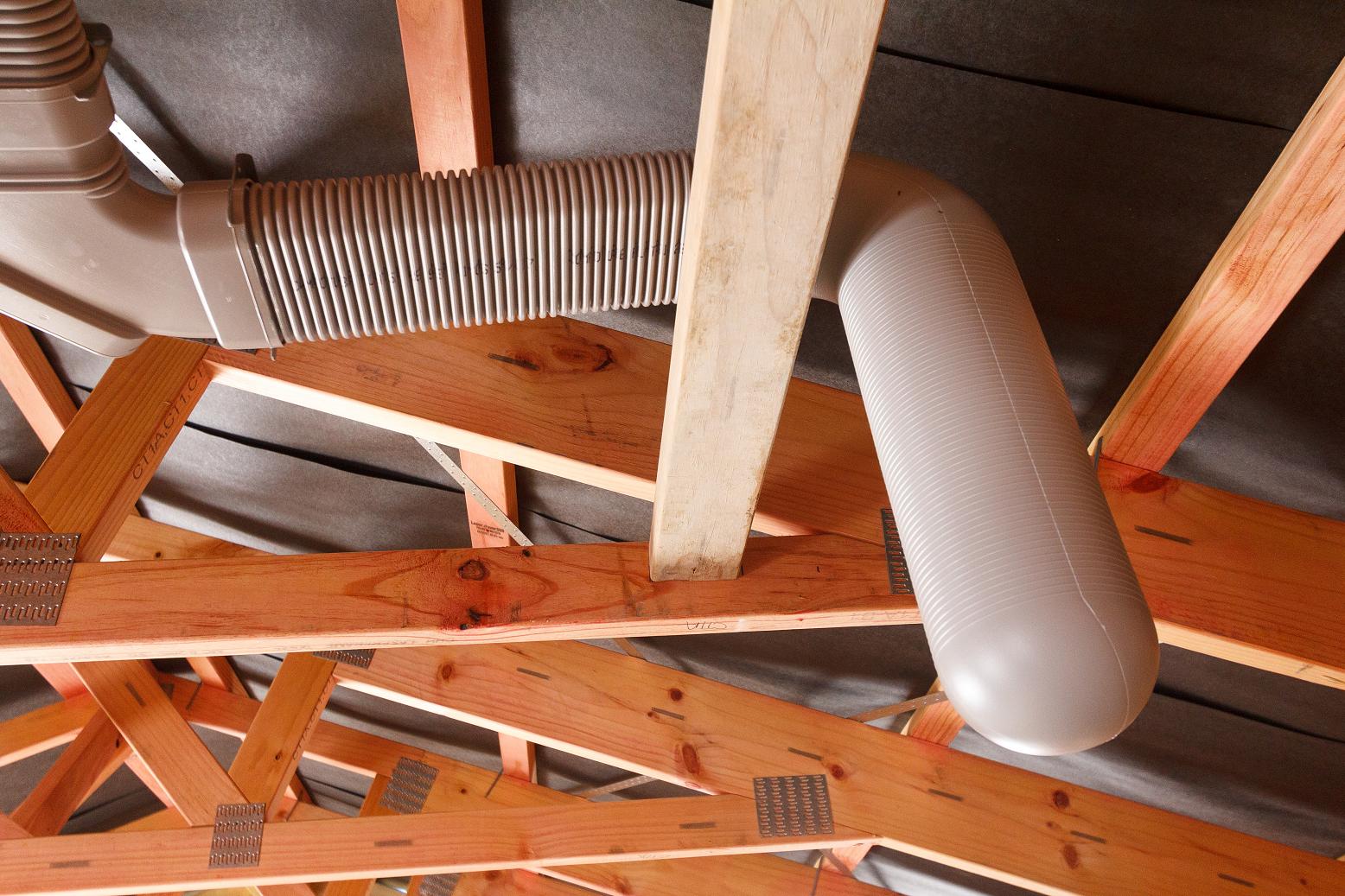

Home Maintenance
How Much Does A Heat Recovery Ventilation System Cost
Modified: March 6, 2024
Find out the average cost of a heat recovery ventilation system for your home maintenance needs. Explore affordable options for improving indoor air quality and reducing energy consumption.
(Many of the links in this article redirect to a specific reviewed product. Your purchase of these products through affiliate links helps to generate commission for Storables.com, at no extra cost. Learn more)
Introduction
When it comes to maintaining a comfortable and healthy home, proper ventilation is key. One popular option for homeowners is a heat recovery ventilation system. These systems not only help to circulate fresh air throughout the house, but they also recover and reuse heat from the exhaust air, resulting in energy savings.
However, before investing in a heat recovery ventilation system, it’s important to understand the potential costs involved. This article will provide you with an overview of the factors that can affect the cost of a heat recovery ventilation system, the average costs you can expect, and additional expenses to consider.
By the end of this article, you will have a better understanding of the financial implications of installing a heat recovery ventilation system and be able to make an informed decision that suits your needs and budget.
Key Takeaways:
- Investing in a heat recovery ventilation system can cost between $2,000 to $6,000, but offers long-term benefits such as improved air quality and energy savings.
- Consider additional costs like installation, maintenance, and modifications when budgeting for a heat recovery ventilation system to get a more accurate estimate of the total investment.
Read more: How Much Does An HVAC Inspection Cost
Factors Affecting the Cost of Heat Recovery Ventilation Systems
Several factors can influence the cost of a heat recovery ventilation system. Understanding these factors can help you estimate the budget required for such an installation.
Size of the System: The size or capacity of the heat recovery ventilation system is a significant factor in determining its cost. Larger systems capable of ventilating larger spaces tend to be more expensive than smaller systems designed for smaller areas.
Design Complexity: Advanced features, such as built-in controls, humidity sensors, or adjustable fan speeds, can increase the cost of the system. More complex designs often require additional components and engineering, which can drive up the price.
Installation Requirements: Consider the layout of your home and the installation requirements for the heat recovery ventilation system. If your home requires extensive modifications or ductwork, the overall cost may be higher compared to a straightforward installation.
Quality of the System: The quality and brand of the heat recovery ventilation system can impact the cost. Higher-quality systems from reputable manufacturers may come with a higher price tag, but they often offer better performance and durability.
Professional Installation: Hiring a professional to install the heat recovery ventilation system is recommended to ensure proper installation and functionality. The cost of professional installation can vary depending on the complexity of the project and labor rates in your area.
Location: The location of your home can also affect the cost of the system. Certain regions or cities may have higher labor or material costs, which can impact the overall price of the installation.
It’s important to note that while upfront costs may seem significant, a high-quality heat recovery ventilation system can provide long-term benefits and energy savings, making it a worthwhile investment for many homeowners.
Average Cost of Heat Recovery Ventilation Systems
The cost of a heat recovery ventilation system can vary depending on the factors mentioned above. On average, homeowners can expect to spend between $2,000 and $6,000 for a standard residential heat recovery ventilation system.
Keep in mind that this estimate includes the cost of the system itself, but not the installation charges. Professional installation typically adds an additional cost, usually ranging from $1,000 to $3,000, depending on the complexity of the project.
The size of your home and the number of rooms to be ventilated can also influence the cost. Larger homes or homes with multiple levels may require more extensive ductwork or additional ventilation units, resulting in higher overall costs.
It’s important to get multiple quotes from reputable HVAC professionals to compare prices and services. Be cautious of extremely low-priced offers, as they may indicate subpar installation or low-quality equipment.
Additionally, consider the long-term benefits when evaluating the cost. A well-designed and properly installed heat recovery ventilation system can result in energy savings by reducing heating and cooling loads. This can help offset the initial investment and contribute to lower utility bills over time.
Remember, the cost of the system is an investment in the comfort and health of your home. By choosing a high-quality system and professional installation, you can enjoy the benefits of improved indoor air quality and energy efficiency for years to come.
Additional Costs to Consider
When budgeting for a heat recovery ventilation system, it’s important to consider additional costs that may arise during the installation process or after the system is in place.
Ductwork Modifications: Depending on the layout of your home and the existing ductwork system, modifications may be necessary to accommodate the heat recovery ventilation system. This can involve additional labor and materials, adding to the overall cost.
Control Systems: Some heat recovery ventilation systems offer advanced control options, such as smartphone compatibility or remote control functionality. While these features can enhance convenience, they may come with an additional cost. Consider whether these features are important to you and if they fit within your budget.
Filtration and Maintenance: Heat recovery ventilation systems require regular maintenance, including filter replacements and cleaning. It’s important to factor in the cost of replacement filters and any necessary maintenance services to ensure the system operates efficiently over time.
Warranty: When purchasing a heat recovery ventilation system, check the warranty coverage provided by the manufacturer. Some systems come with extended warranties that provide added peace of mind but may come at a higher price. Consider the value of a longer warranty and factor it into your budget.
Energy Consumption: While heat recovery ventilation systems are designed to be energy-efficient, they will consume some electricity to operate. Take into account the potential increase in energy consumption and factor it into your ongoing utility expenses.
Certifications and Testing: In some cases, local building codes or regulations may require certifications or testing for heat recovery ventilation systems. Make sure to check with your local authorities and factor in any associated costs for compliance.
By considering these additional costs upfront, you can plan your budget more effectively and ensure that you have a complete understanding of the financial commitment involved in installing and maintaining a heat recovery ventilation system.
When considering the cost of a heat recovery ventilation system, it’s important to factor in the initial purchase price, installation costs, and potential energy savings over time. Additionally, maintenance and operational costs should be taken into account to determine the overall investment.
Factors That Can Impact Installation Costs
When it comes to installing a heat recovery ventilation system, several factors can impact the overall installation costs. It’s important to be aware of these factors to effectively budget for your project.
Home Layout and Accessibility: The layout and design of your home can affect the complexity of the installation process. A larger home or one with multiple levels may require additional ventilation units and more extensive ductwork, which can increase the installation costs.
Existing Ductwork: The condition and configuration of your current ductwork can impact the installation costs. If modifications or repairs are needed to integrate the heat recovery ventilation system, this may incur additional labor and materials expenses.
Location of System: The location of the heat recovery ventilation system within your home can also influence the installation costs. If the system needs to be installed in hard-to-reach or restricted areas, additional labor may be required to complete the installation.
Labor and Hourly Rates: The labor costs associated with the installation can vary depending on your location and the hourly rates of HVAC professionals in your area. It’s advisable to obtain multiple quotes from reputable installers to compare prices and services.
Additional Components: Depending on your specific requirements, you may need additional components for the installation, such as grilles, diffusers, or extra accessories. These additional components can increase the overall installation costs.
Permits and Inspections: Some jurisdictions require permits and inspections for the installation of heat recovery ventilation systems. The fees associated with obtaining permits and scheduling inspections should be factored into the installation costs.
Seasonal Considerations: The time of year can also affect installation costs. HVAC professionals may be busier during peak seasons, which could lead to increased labor costs or longer wait times for installation appointments. Planning your installation during off-peak seasons might be advantageous.
It’s essential to discuss these factors with your HVAC professional and get a detailed estimate for the installation. This will allow you to have a realistic expectation of the installation costs and help you make an informed decision.
Read more: How Much Does HVAC Cleaning Cost
Cost Savings and Benefits of Heat Recovery Ventilation Systems
Investing in a heat recovery ventilation system offers numerous cost savings and benefits that make it a worthwhile investment for homeowners. Let’s explore some of the key advantages:
Improved Indoor Air Quality: One of the primary benefits of a heat recovery ventilation system is its ability to promote better indoor air quality. These systems effectively remove stale air and pollutants from your home while continuously providing fresh, filtered air. This can help reduce respiratory issues, allergies, and asthma symptoms.
Energy Efficiency: Heat recovery ventilation systems recover and reuse heat energy from the exhaust air before it is expelled, reducing the need for additional heating or cooling. This results in energy savings and can lower your monthly utility bills. Some estimates suggest that heat recovery ventilation systems can cut heating and cooling costs by up to 30%.
Condensation Control: Excessive condensation in the home can lead to mold and mildew growth, which poses health risks and can damage your property. Heat recovery ventilation systems help control humidity levels by exchanging moist indoor air with drier, fresh air. This can help prevent condensation on windows, walls, and ceilings.
Comfortable Living Spaces: By constantly circulating and filtering fresh air, heat recovery ventilation systems create a more comfortable and pleasant living environment. They help to balance indoor temperatures, reduce drafts, and regulate humidity levels, improving overall comfort for you and your family.
No Need for Open Windows: With a heat recovery ventilation system, there’s no need to rely on opening windows for fresh air. This can be especially beneficial for those living in noisy or polluted areas, as it allows you to maintain a comfortable and quiet living environment without sacrificing air quality.
Noise Reduction: High-quality heat recovery ventilation systems are designed to operate quietly, allowing you to enjoy a peaceful home environment without the disturbance of loud fans or machinery noises.
Environmental Benefits: By reducing energy consumption and greenhouse gas emissions, heat recovery ventilation systems have a positive impact on the environment. Using less energy not only helps to conserve natural resources but also contributes to a greener, more sustainable future.
Overall, the cost savings and benefits of a heat recovery ventilation system make it a valuable addition to any home. By improving indoor air quality, increasing energy efficiency, and providing a comfortable living environment, these systems offer long-term advantages for homeowners and their families.
Choosing the Right Heat Recovery Ventilation System for Your Needs
When it comes to selecting a heat recovery ventilation (HRV) system for your home, there are a few key factors to consider. Taking the time to evaluate these factors will help you choose the right system that meets your specific needs. Here are some important considerations:
Airflow and Capacity: Determine the airflow and capacity requirements for your home. This depends on factors such as the size of your living spaces, the number of rooms you want to ventilate, and the desired air exchange rate. Ensuring the HRV system can adequately handle the air volume and deliver the necessary ventilation is crucial.
Energy Efficiency: Look for HRV systems that are labeled as energy-efficient. Higher energy efficiency ratings indicate that the system can recover and reuse a significant amount of heat, resulting in energy savings and lower operating costs over time.
Filtration System: Consider the type and efficiency of the filtration system. A high-quality filtration system will ensure that dust, allergens, and other pollutants are effectively filtered out, improving indoor air quality. Look for HRV systems with filters that are easy to access, clean, and replace.
Noise Levels: Pay attention to the noise levels of the HRV system. Systems with low noise levels are beneficial, especially if you plan to install the system in living areas like bedrooms or living rooms. Quiet operation ensures a peaceful and comfortable environment.
Controls and Operation: Evaluate the controls and operation features of the HRV system. Look for user-friendly controls that allow you to adjust settings easily. Some systems offer programmable options and remote access, allowing you to manage the system conveniently.
Warranty: Check the warranty offered by the manufacturer. A longer warranty indicates the confidence the manufacturer has in the product’s quality and durability. Ensure that the warranty covers both the HRV system and its components, such as motors and controls.
Professional Installation: It’s crucial to have the HRV system professionally installed to ensure proper functionality and performance. Research and select reputable HVAC professionals with experience in HRV system installation. Obtain multiple quotes and consider their expertise, credentials, and customer reviews.
Budget: Evaluate your budget and determine how much you can allocate for the HRV system. Remember to factor in not only the cost of the system itself but also any additional components, professional installation, and ongoing maintenance expenses.
By considering these factors and thoroughly researching different HRV systems, you can choose the right system that aligns with your specific needs, preferences, and budget. A well-selected and properly installed HRV system will provide you with improved indoor air quality, energy efficiency, and comfort for years to come.
Conclusion
A heat recovery ventilation system is an investment that can greatly benefit your home’s comfort, energy efficiency, and indoor air quality. By understanding the factors that affect the cost of these systems, you can effectively budget and make informed decisions.
While the average cost of a heat recovery ventilation system can range from $2,000 to $6,000, it’s important to consider additional costs such as installation, maintenance, and any necessary modifications. By factoring in these expenses, you can have a more accurate estimate of the total investment required.
Despite the upfront costs, heat recovery ventilation systems offer numerous benefits. They improve indoor air quality, reduce energy consumption, control condensation, and provide a comfortable living environment. These systems also contribute to long-term cost savings through lower heating and cooling bills.
When choosing a heat recovery ventilation system, consider factors such as size, design complexity, installation requirements, and the reputation of the manufacturer. It’s also essential to hire a professional for installation to ensure proper operation and functionality.
By carefully evaluating your options and budgeting appropriately, you can select the right heat recovery ventilation system for your home. Enjoy the benefits of improved air quality, energy efficiency, and a healthier living environment.
Remember, investing in a heat recovery ventilation system is not just about the immediate cost but the long-term benefits it brings to your home and well-being. With proper research, planning, and professional installation, you can create a healthier, more comfortable, and energy-efficient home for you and your family.
Frequently Asked Questions about How Much Does A Heat Recovery Ventilation System Cost
Was this page helpful?
At Storables.com, we guarantee accurate and reliable information. Our content, validated by Expert Board Contributors, is crafted following stringent Editorial Policies. We're committed to providing you with well-researched, expert-backed insights for all your informational needs.

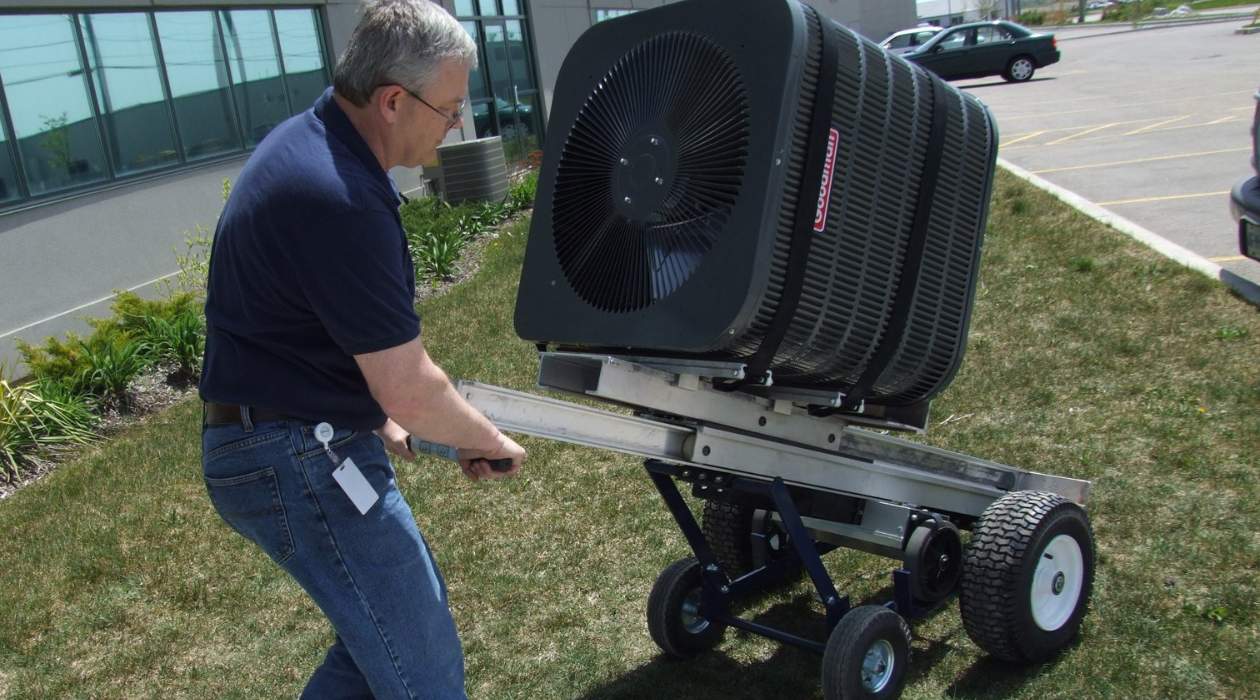
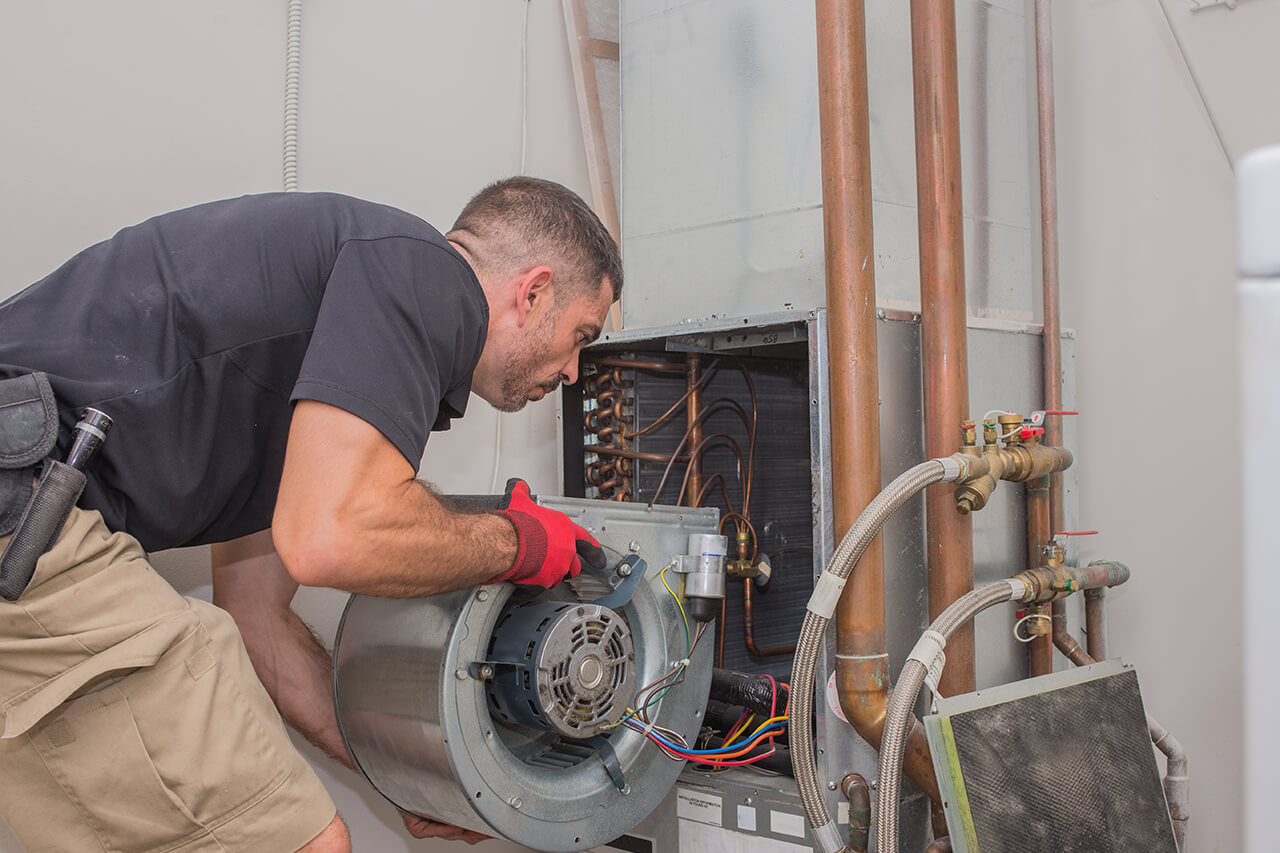
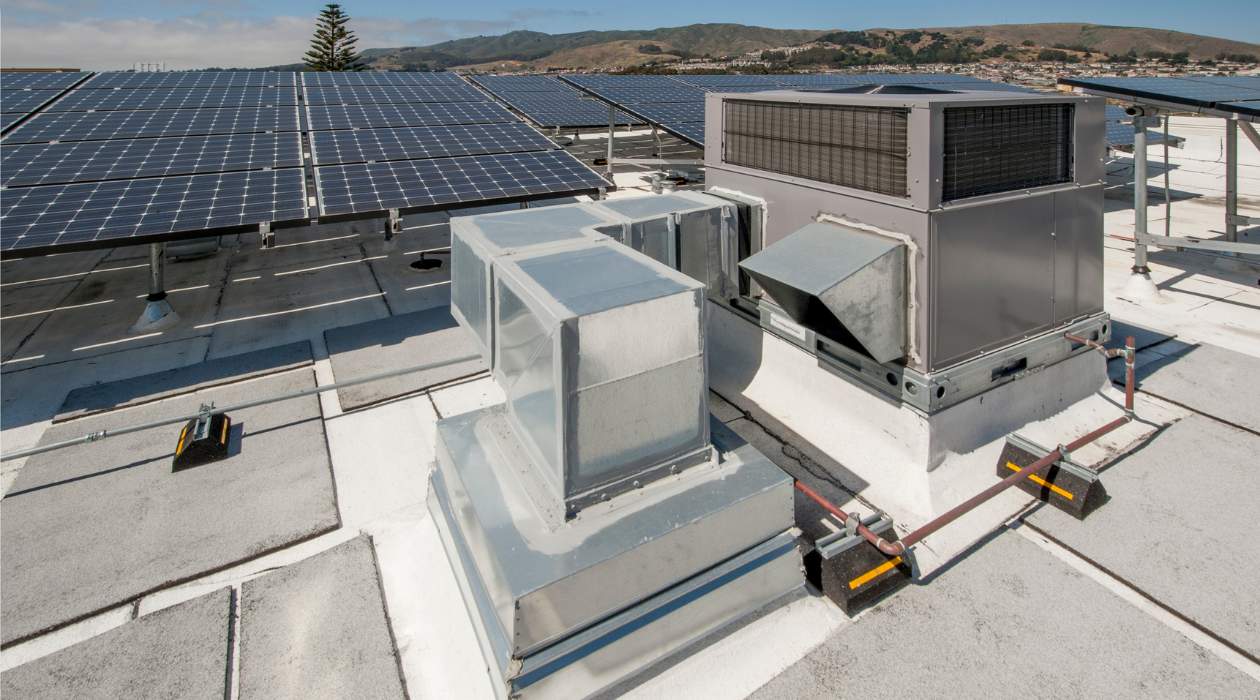
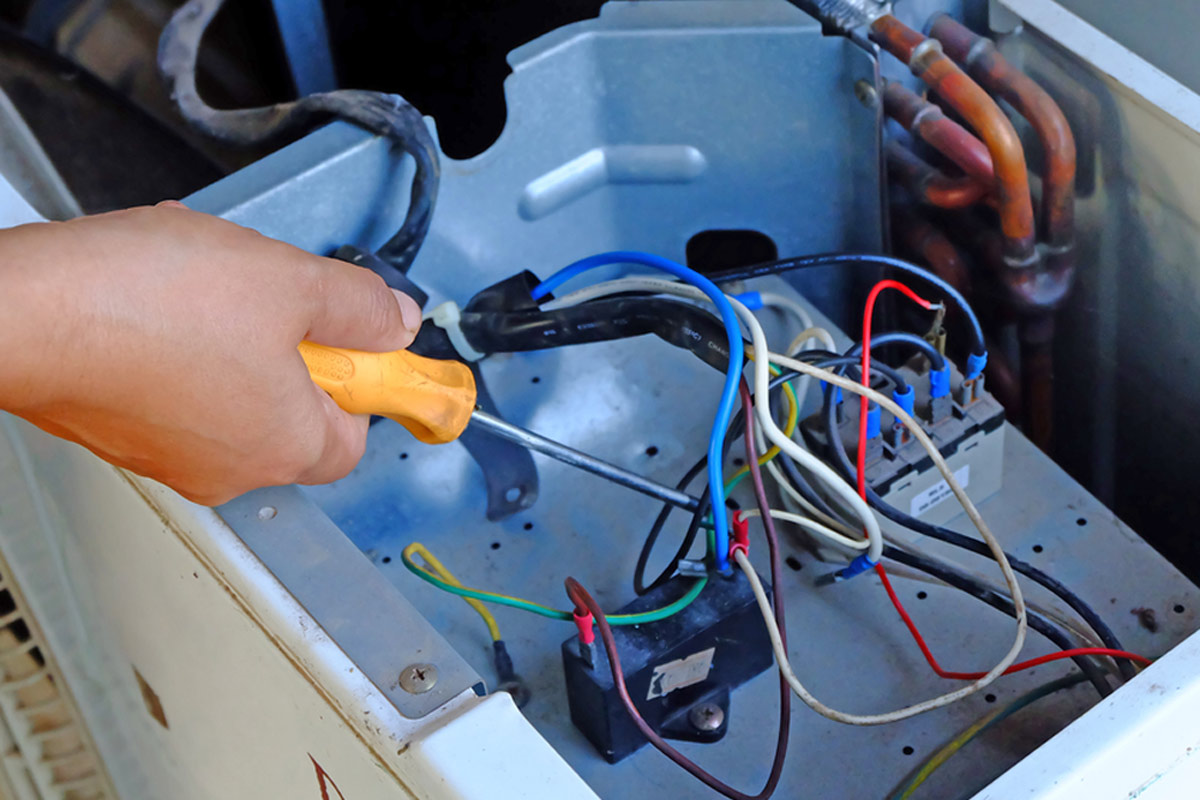
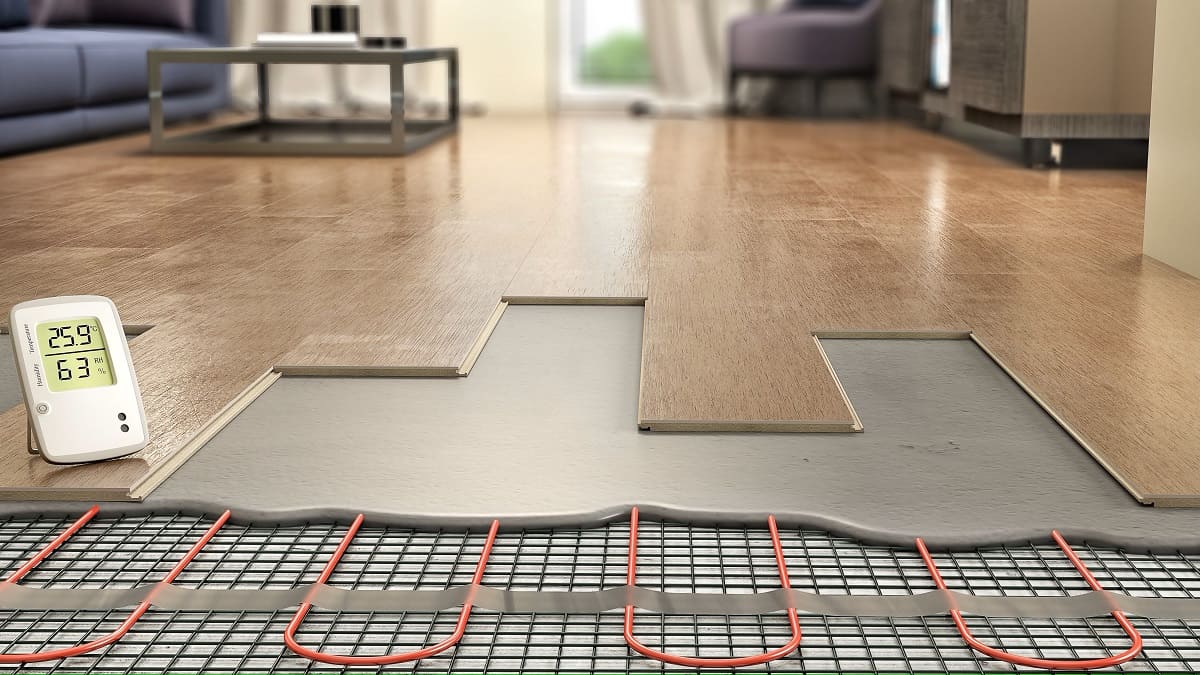
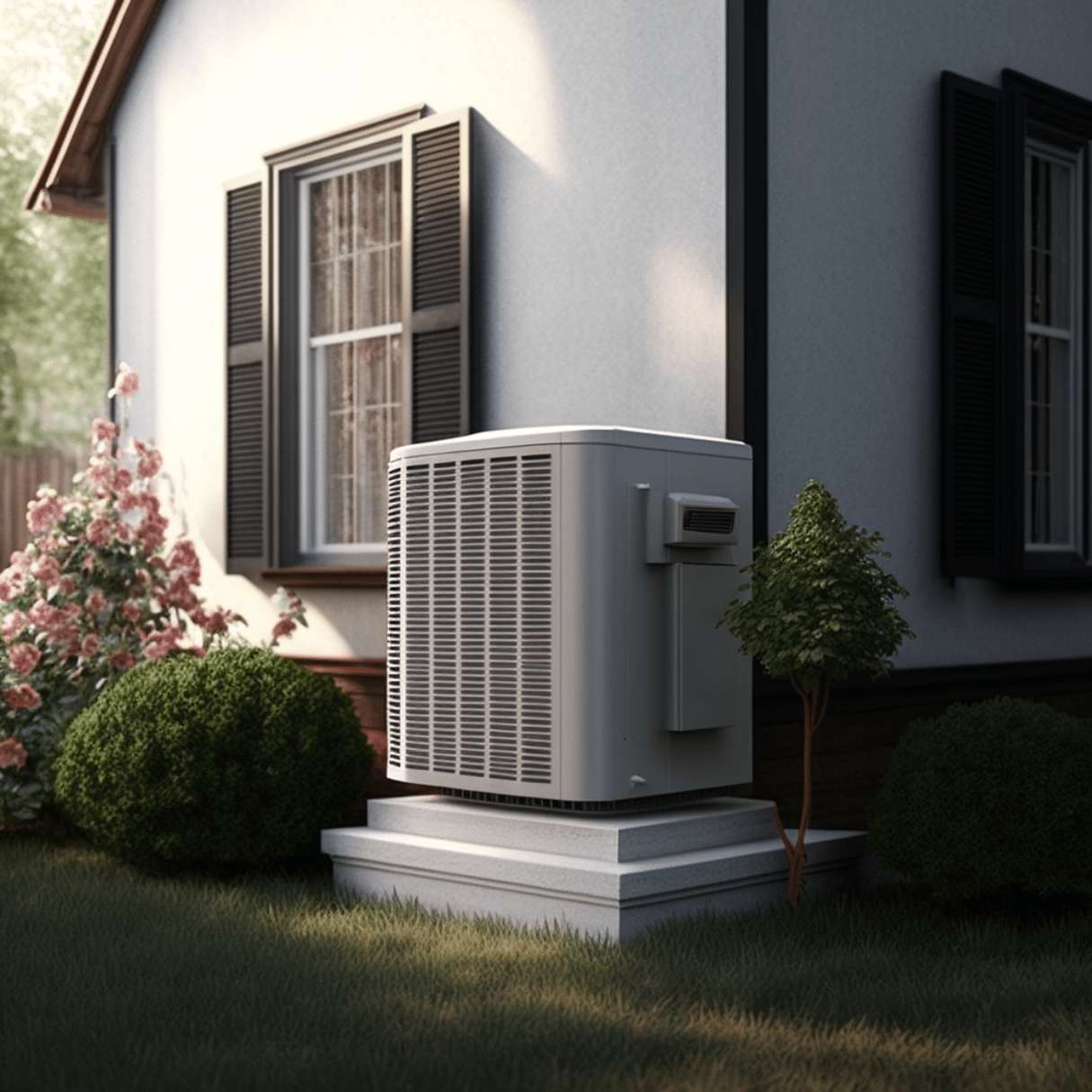
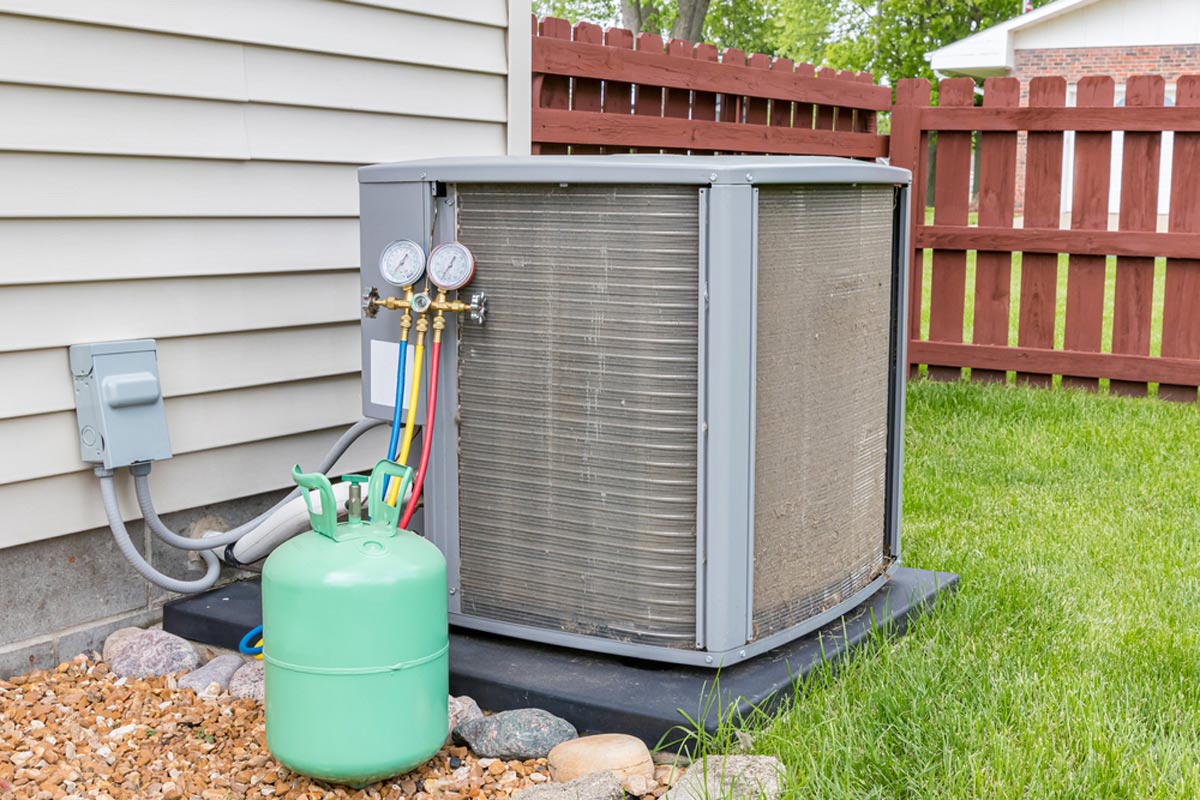
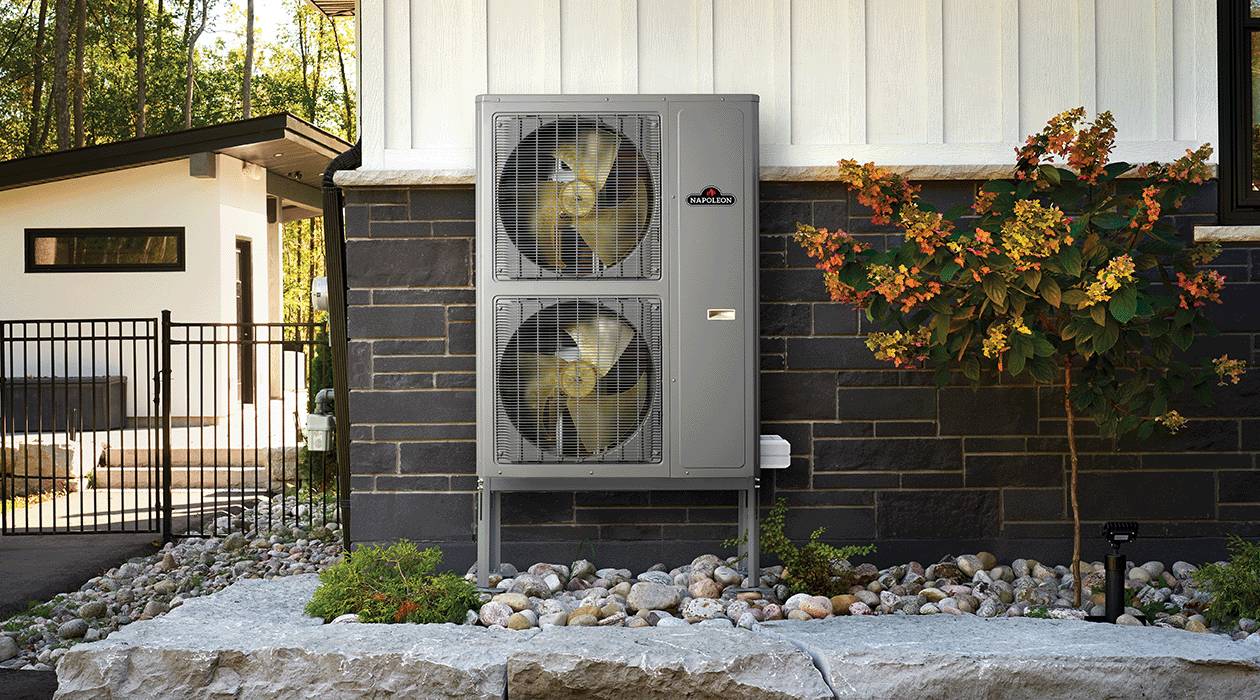
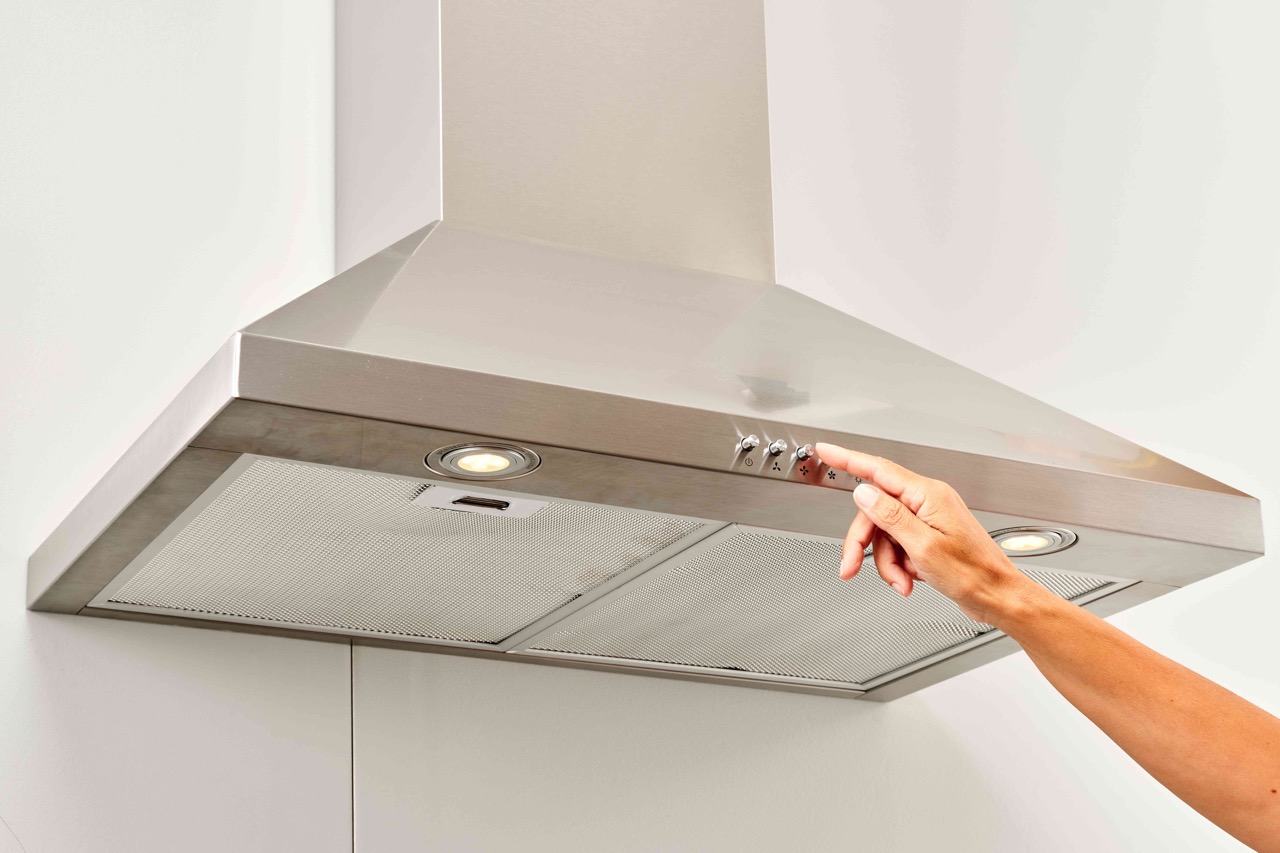
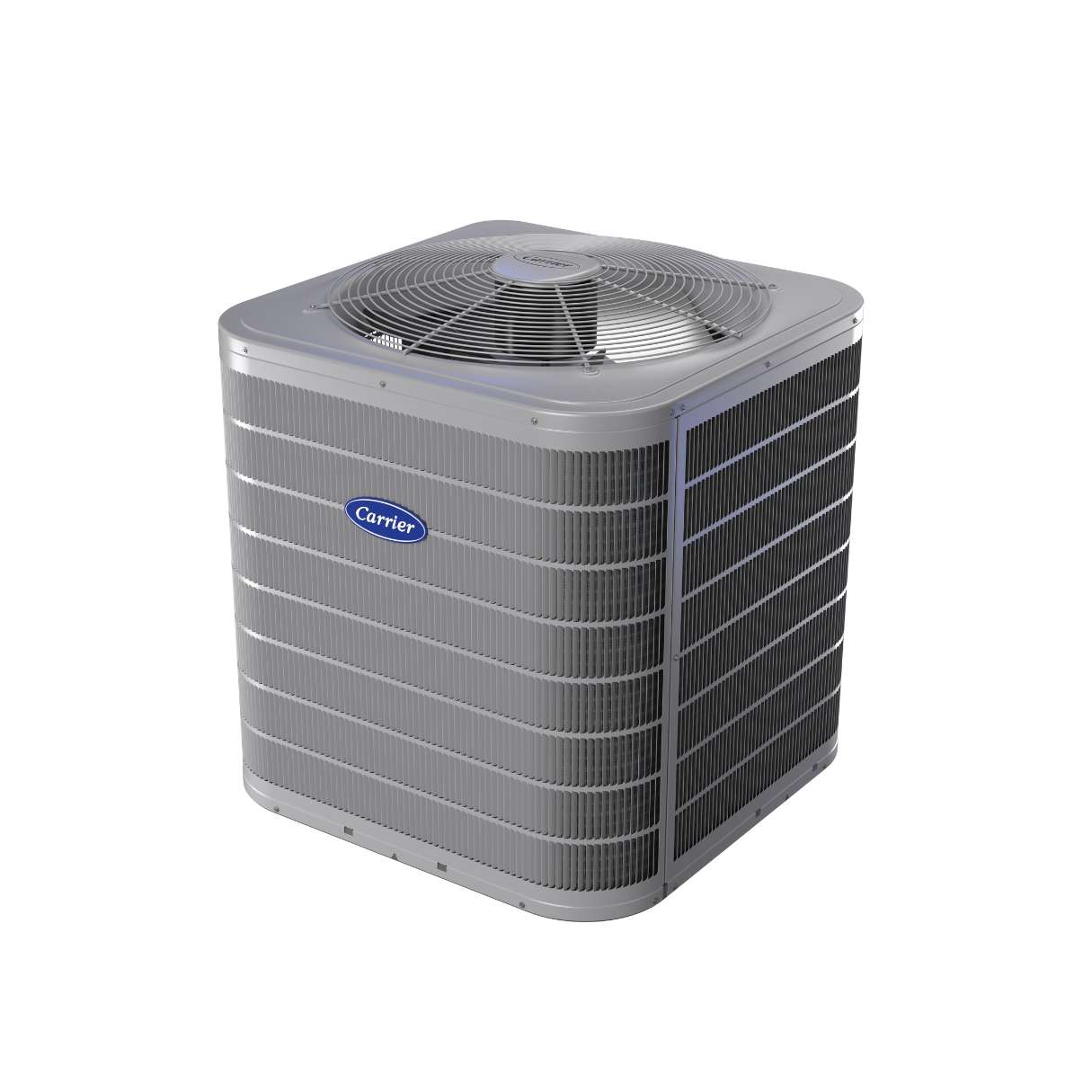
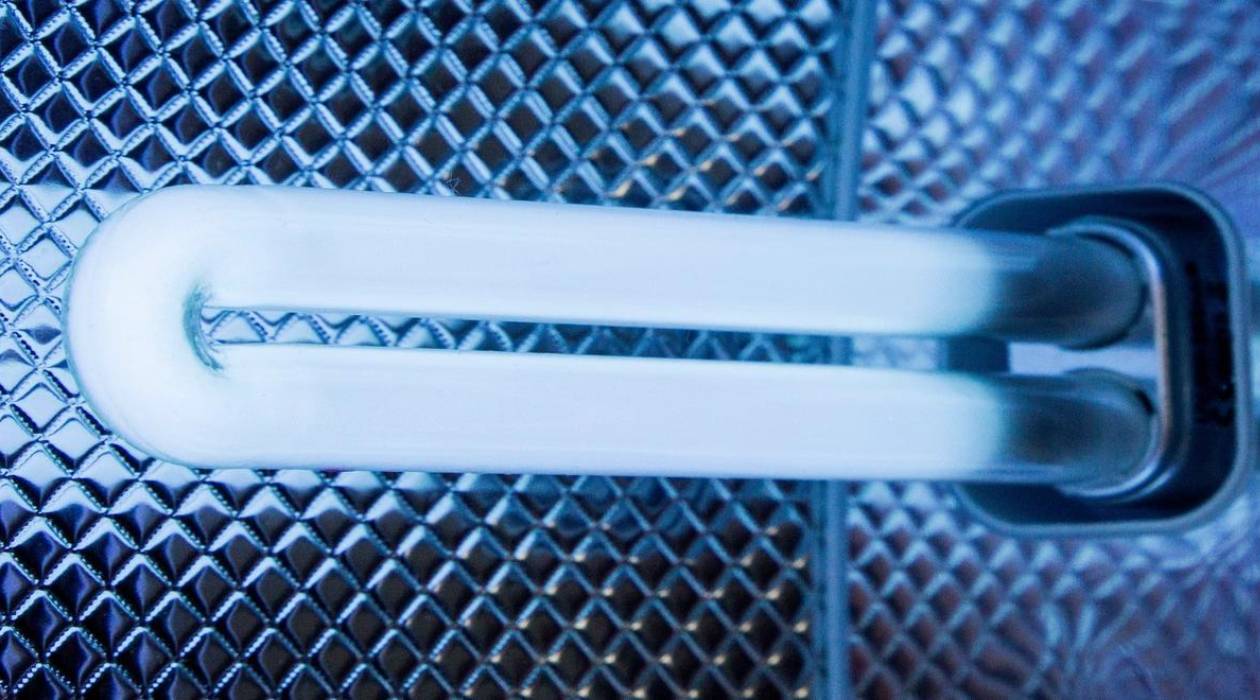
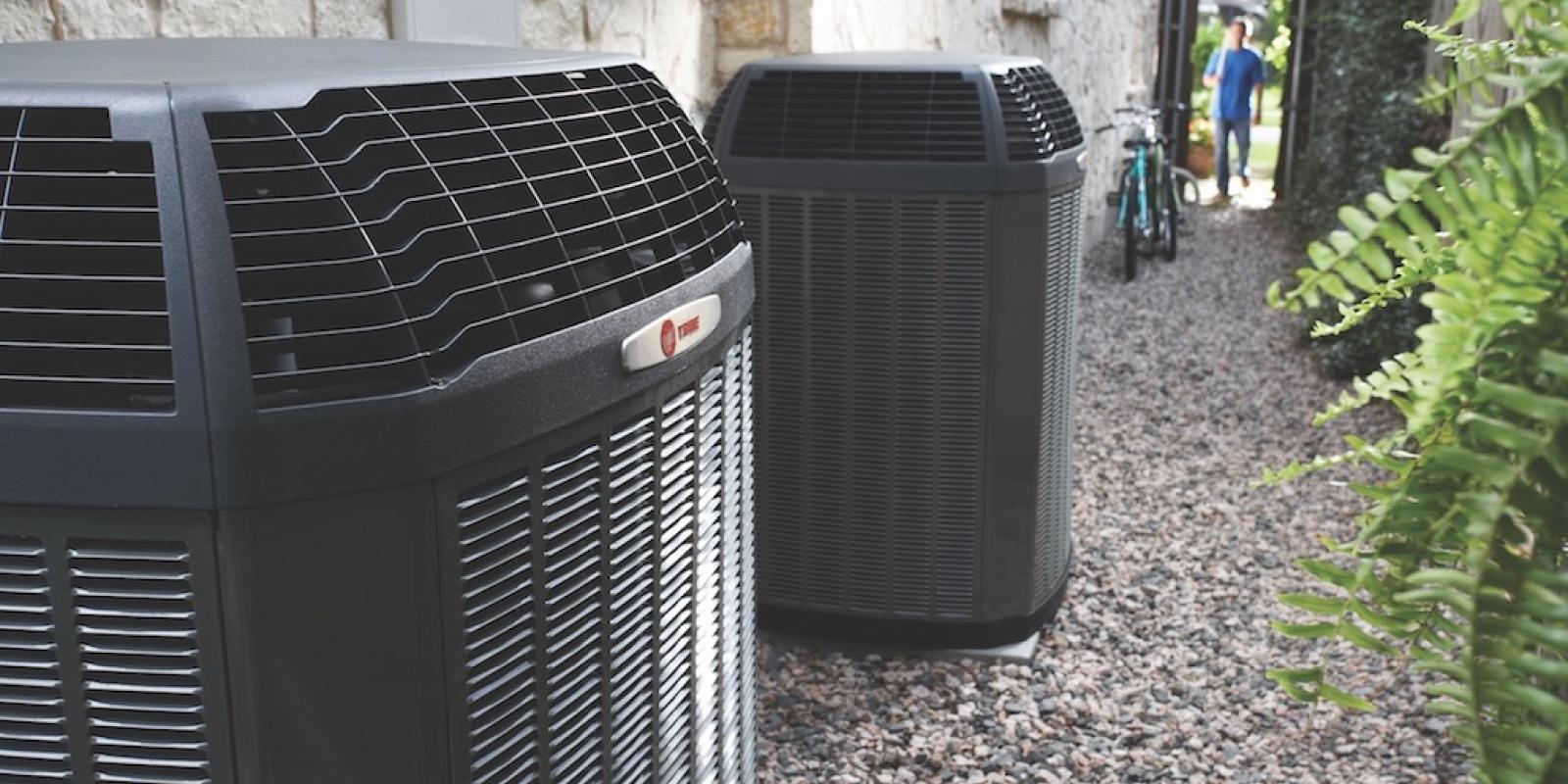
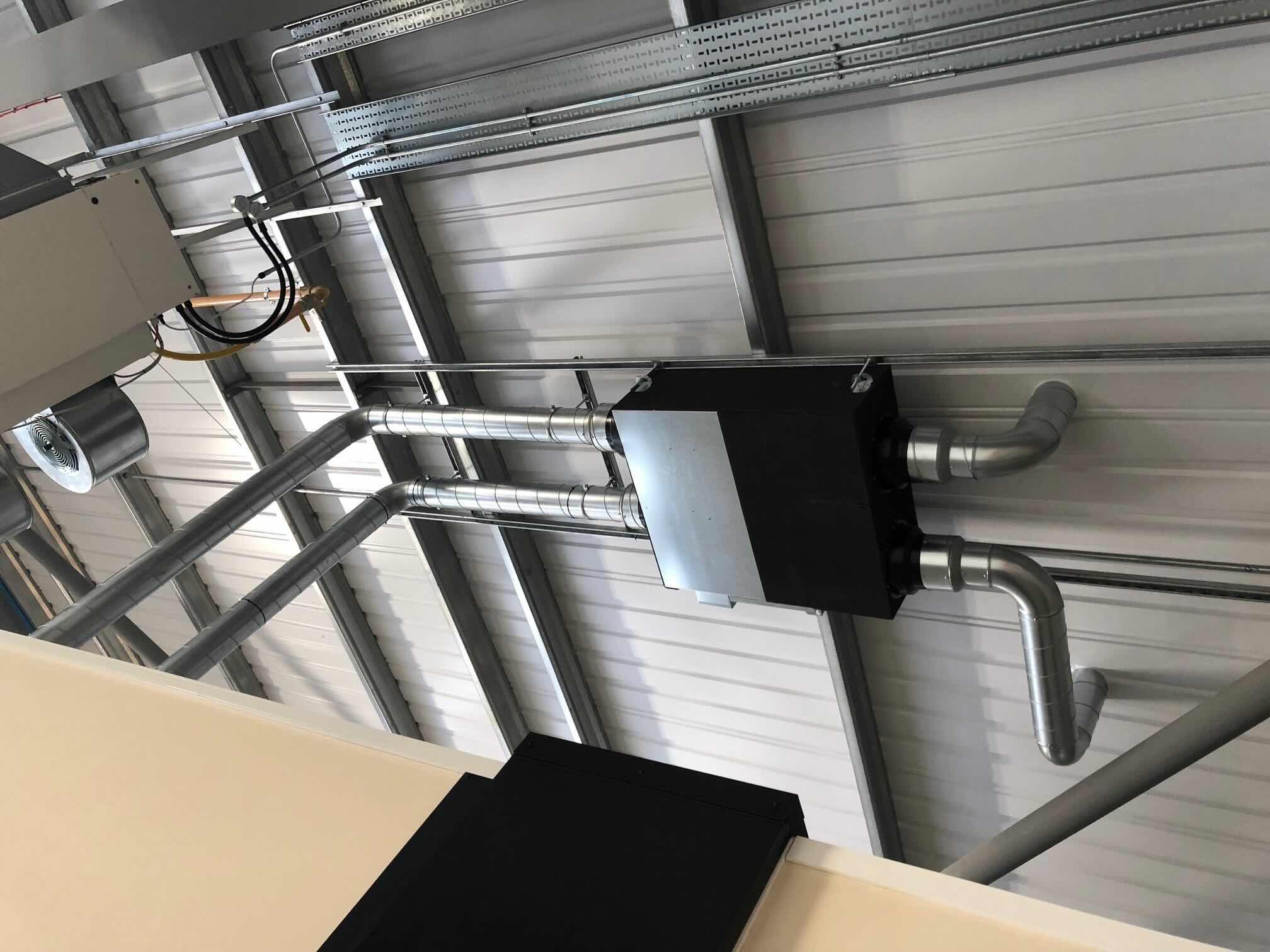

0 thoughts on “How Much Does A Heat Recovery Ventilation System Cost”